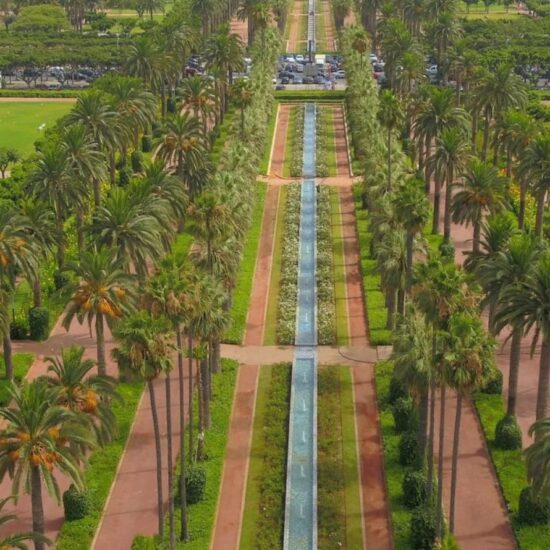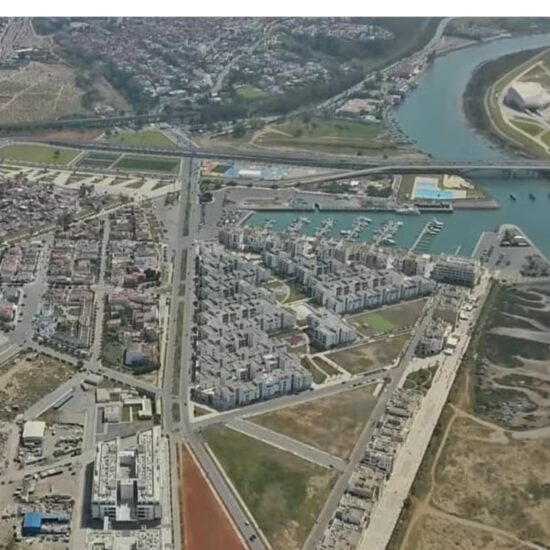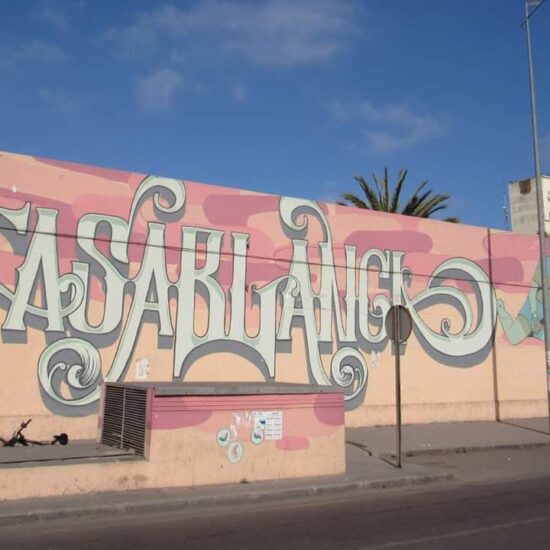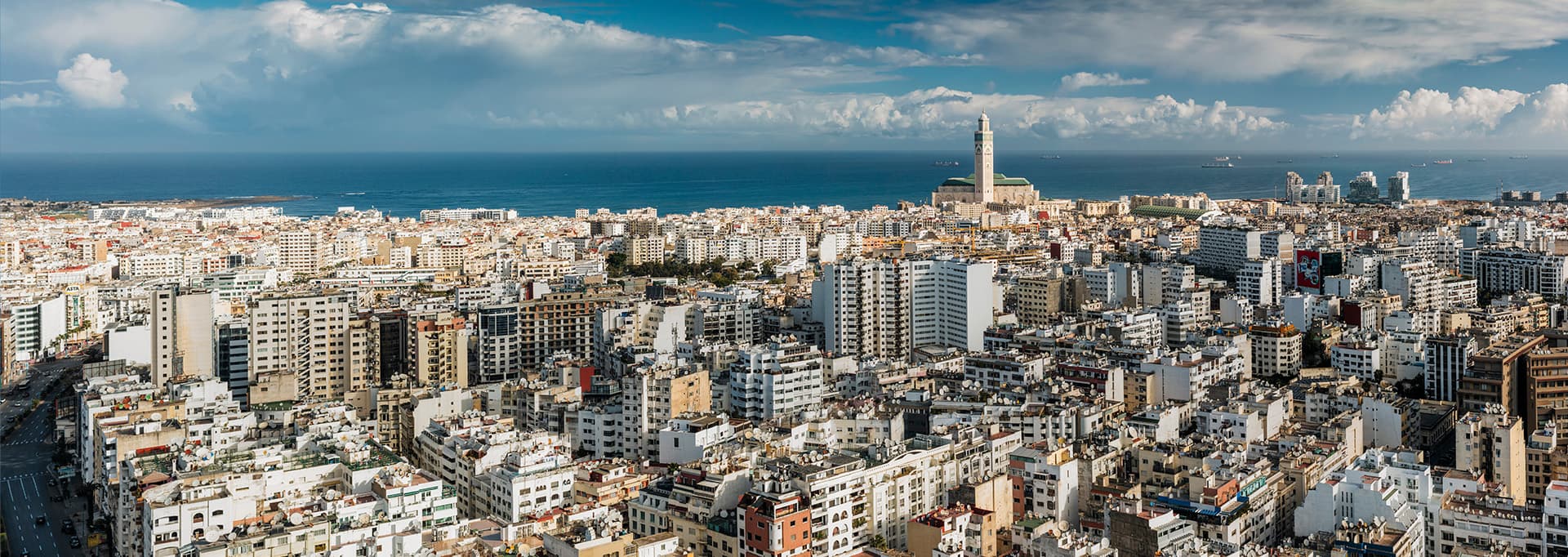Hay Mohammadi
In the 40s, Huge shanty towns are developing in the east of Casablanca. Thousands of peasants and poor workers fled the countryside and small towns of the country and ended up in Casablanca where the housing crisis was raging. They settled near the large factories that had been established, from the 1920s, along the Casa-Rabat railway line and the road to Rabat. The Société des Chaux et Ciments, the Compagnie Sucrière du Maroc but also a whole series of industrial oil mills, soap factories and canneries were then looking for a large and cheap workforce. The district was known under the unofficial name of "Carrières Centrales", in reference to the Centrale Thermique des Roches Noires which was one of the first large industries to be established east of Casablanca.
The inhabitants of these shanty towns then constituted the first core of the Moroccan working class. At the beginning of the 1950s, the shanty towns became sprawling and transformed into real powder kegs. Overcrowding, lack of hygiene but also unemployment and the risk of riots forced the colonial authorities to take hold of the problem. To lead the public rehousing policy shanty townspeople and supervise the development of the city, Resident-General Labonne calls on Michel Ecochard.
Ecochard will set up a framework in Casablanca to organize the disorder of the shanty towns and rehouse the populations in decent and sustainable housing. In 1949, the Housing Department acquired 100 hectares at the Carrières Centrales to develop a brand new city in place of the shanty town of 30,000 inhabitants. This purchase was then financed by the Marshall Plan. The experiments around housing for the greatest number took multiple forms, from the one or two-room patio house to the Sémiramis and Nid d'abeilles apartment buildings. The construction site then made use of new industrial prefabrication methods, which were not yet used in Europe. The construction rate reached up to 200 homes per day.
Alongside these residential buildings, the necessary administrative, commercial and social facilities were built: Dar Chabab, the Saada cinema, the Derb Moulay Cherif police station, the TAS sports field, etc. In 1955, the Carrières Centrales district took the name Hay Mohammadi after an official visit by Sultan Sidi Mohammed Ben Youssef, the future King Mohammed V.
Ecochard's plans and grand principles remained in force until the end of the 1970s and exerted a great influence on young Moroccan architects of the post-independence era. Fifty years later, the clearance of shanty towns has never ceased to be on the agenda in Casablanca, while each crisis brings its new batch of migrants to the city.
But let's go together with Blog, discover the neighborhood at the origin of all the thinking on social housing in Casablanca!
-
InclusHay Mohammadi
-
Pas inclusNatureMovie theaterIndustryUrban planningHistoryArchitectureSpirituality / ReligionSportHobbies
Departure
- Introduction to Hay Mohammadi
- The Old Lafarge Factory
Circuit
- Lafarge City Bachar Lkheir
- The Derb Moulay Cherif Police Station
- The SOCICA City
- Saada Cinema
- Dar Chabab, the Youth House
- The House of Boxing Khachabate
- The CAS Training Ground
- The Honeycomb Building
Arrival
- The Semiramis building
Donnez votre avis
DETAILS
Duration : 3 hours
Distance : 1 km
Shift : on foot
Language : in French, in English, in Arabic





![[:fr]CitizOn CasaPocket Recherche de visites guidées insolites à Casablanca Maroc[:]](https://citiz-on.com/wp-content/uploads/2023/04/U2-550x550.jpg)
![[:fr]CitizOn CasaPocket Recherche de visites guidées insolites à Casablanca Maroc[:]](https://citiz-on.com/wp-content/uploads/2023/04/U3-550x550.jpg)
![[:fr]CitizOn CasaPocket Recherche de visites guidées insolites à Casablanca Maroc[:]](https://citiz-on.com/wp-content/uploads/2023/04/U4-550x550.jpg)
![[:fr]CitizOn CasaPocket Recherche de visites guidées insolites à Casablanca Maroc[:]](https://citiz-on.com/wp-content/uploads/2023/04/U2.jpg)
![[:fr]CitizOn CasaPocket Recherche de visites guidées insolites à Casablanca Maroc[:]](https://citiz-on.com/wp-content/uploads/2023/04/U3.jpg)
![[:fr]CitizOn CasaPocket Recherche de visites guidées insolites à Casablanca Maroc[:]](https://citiz-on.com/wp-content/uploads/2023/04/U4.jpg)